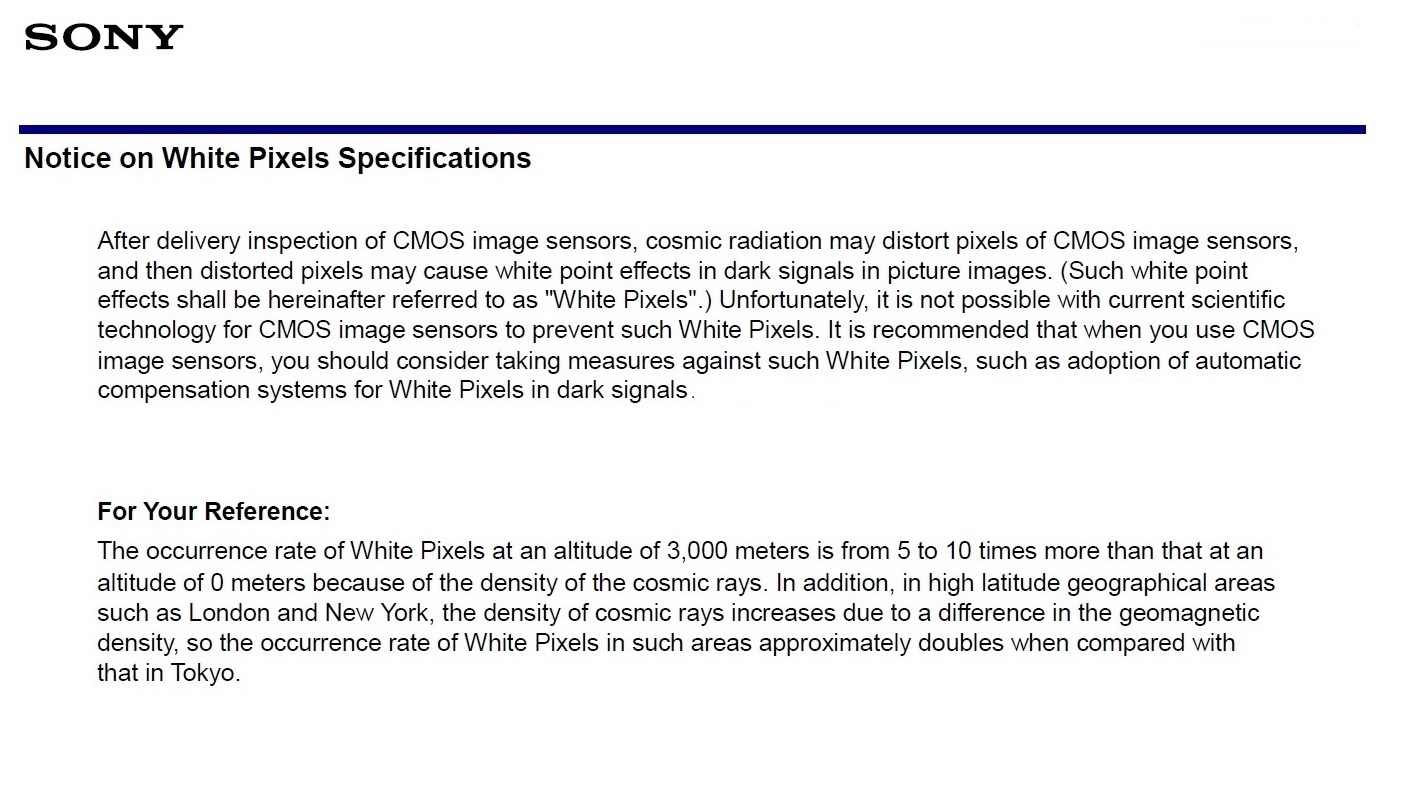The Deacon
Member
- Joined
- Apr 22, 2017
- Messages
- 30
- Reaction score
- 17
- Location
- Upstate South Carolina
- Country
- United States
- Dash Cam
- VIOFO A119S
After switching a single A119S v2 back and forth between my two cars for the past month, decided to spring for a second camera. When I saw "v2" in the Amazon listing, I assumed the camera would be an A119S. Received it yesterday, took it out of the box, and immediately noticed the lens looked different. Checked the box, didn't see an "S" in the name. Sure enough, I'd ordered an A119 v2.
Debating whether to keep it or return it and order an A119S, so don't want to use it but am wondering what the pros and cons of both cameras are. I know the A119 has the pivoting lens, that's what gave it away, but both my GPS mounts are close to the center of the windshield and I intend to mount a CPL on the camera, so it's of no particular value to me.
Debating whether to keep it or return it and order an A119S, so don't want to use it but am wondering what the pros and cons of both cameras are. I know the A119 has the pivoting lens, that's what gave it away, but both my GPS mounts are close to the center of the windshield and I intend to mount a CPL on the camera, so it's of no particular value to me.


